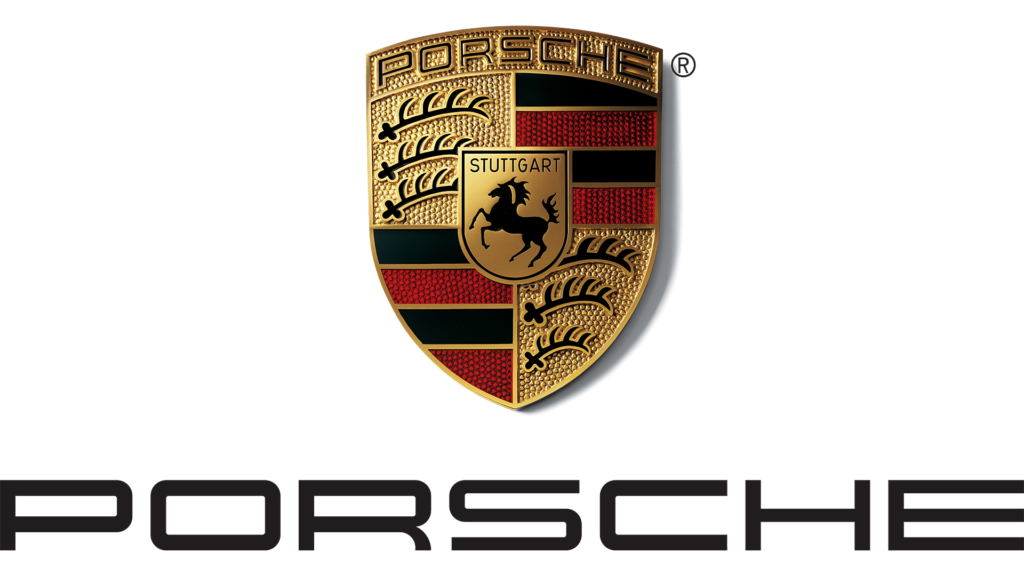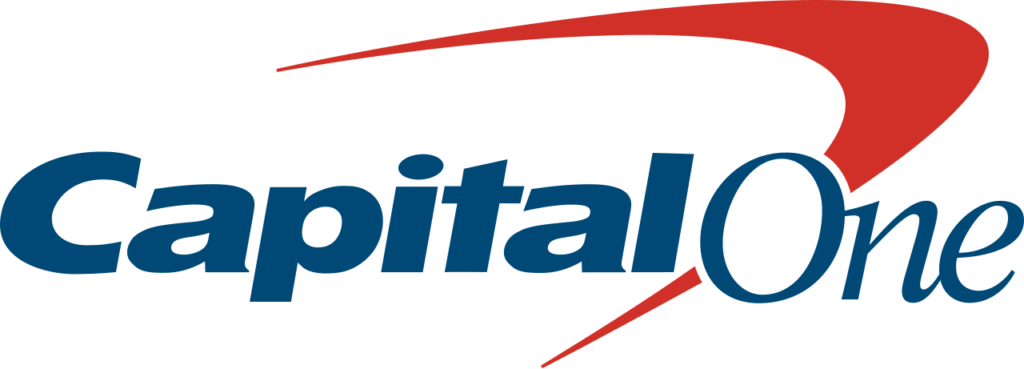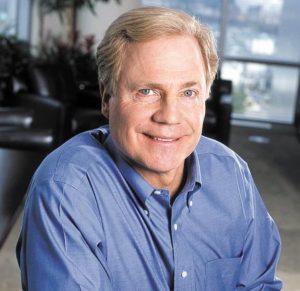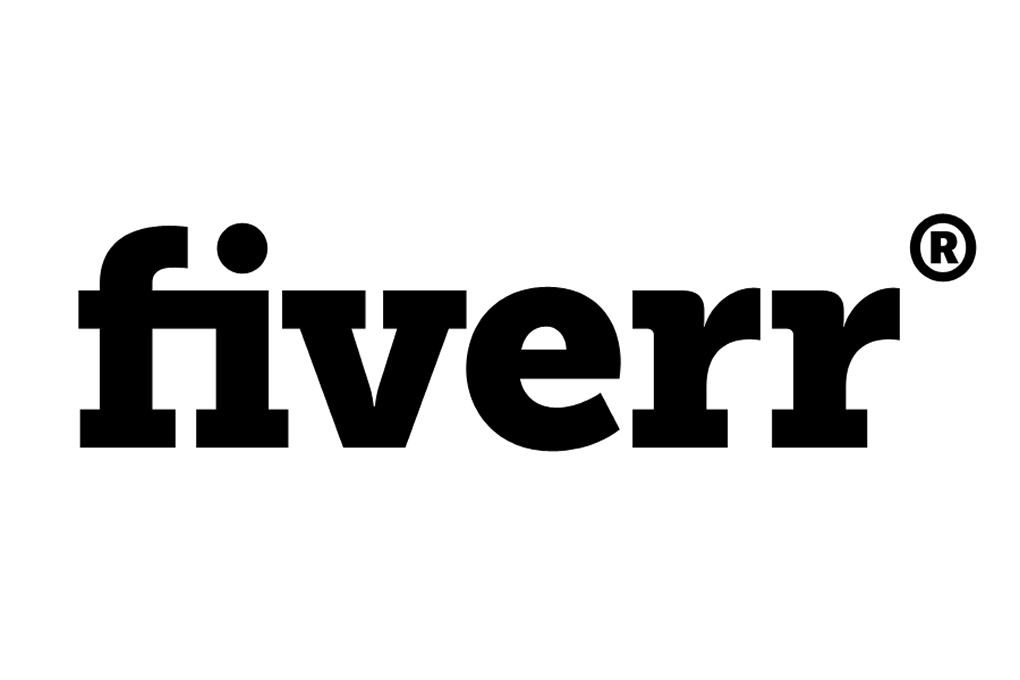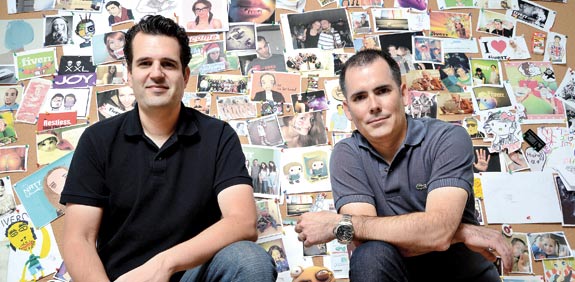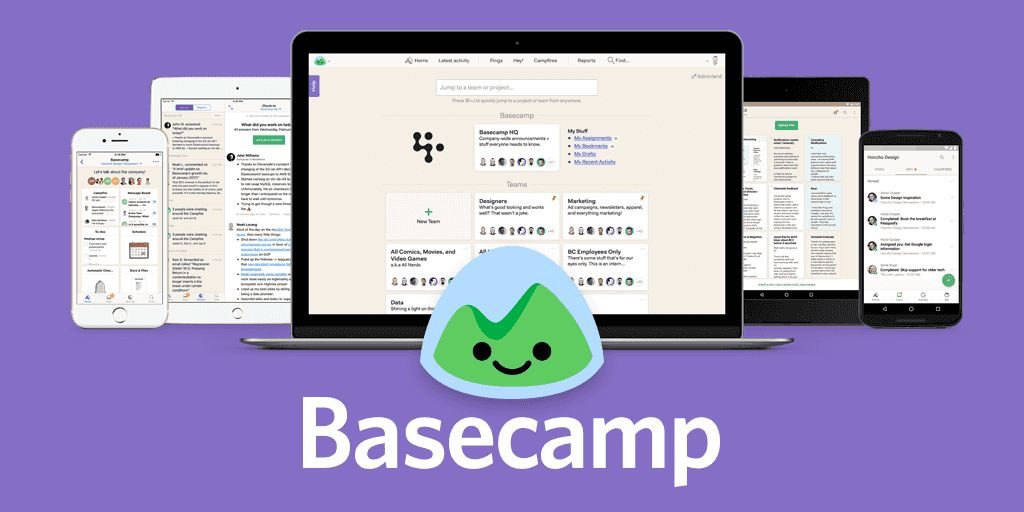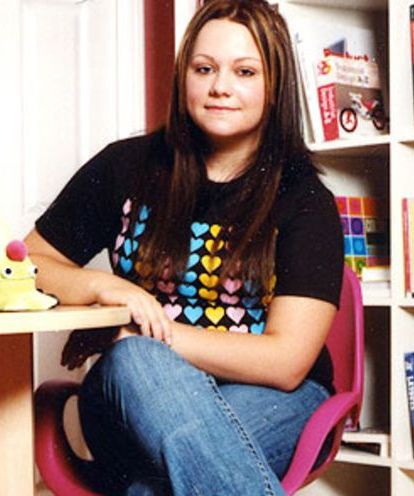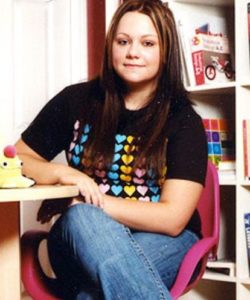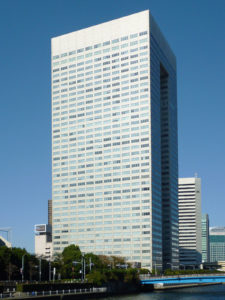Ferdinand Porsche : The Legendary German Engineer who Founded Porsche
Being born into a family of a plumbing business, Ferdinand Porsche was also expected to adopt the same profession. But, his interest resided somewhere else. He was intrigued by electricity, designing and machinery. He carved a deep niche for mechanical work, and his passion changed his life entirely. He started from serving as a chauffeur to be known as the Great German Engineer.
A Sneak Peek to Porsche’s Life
Porsche was born into a German family on 3 September 1865, in Liberec (now a part of the Czech Republic). He was an automotive engineer and probably the best of his time. Before he founded his own company, he worked for many influential people designing the Lohner-Porsche, Volkswagen-Beetle and many other intimidating cars. He also received the Car Engineer of the Century award in 1999, 48 years after he passed away. He played a major role in World War II and was a member of the Nazi Party.
Early Life and Career
Porsche was the third child in his family, and his father, Anton Porsche ran a plumbing business. Though he grew a very strong interest in the mechanical aspect of engineering, he didn’t devote his entire time into experimenting with different equipment. He helped his father out in the workshop during the daytime and went to Imperial Technical School during the nights. After he finished his school and by the time he was 18, he got a job in Bela Egger and Co., an electrical company in Vienna. During his time in this company, he built his first electric hub motor.
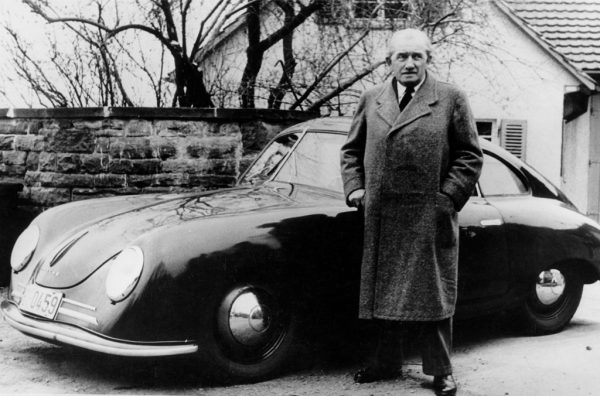
In 1897, he started working for Jacob Lohner and Co. in their newly established Electric Car Company. The first design of the company was Egger-Lohner vehicle or Porsche P1, a carriage-like car. In 1900, the modified version of this vehicle (from two wheels to four wheels) was displayed in the Paris World Exhibition, and this masterpiece received much appreciation. In 1901, Porsche designed Lohner-Porsche, the first model of hybrid electric vehicle (HEV). Porsche also upgraded his existing vehicles with many engines from Daimler and Panhard, breaking many speed records.
In 1905, he was awarded the Potting prize for being Austria’s most outstanding automotive engineer. By this time, he gradually got involved in the military services served as a chauffeur to the then crowned prince of Austria.
Working for the Major Automobile Companies
In 1906, Porsche was hired by Austro Daimler as the chief designer. In 1910, Daimler won the Prinz-Heinrich Fahrt, an automobile contest. The Austro-Daimler car for which they won the contest was solely designed by Porsche. He also designed many race cars, aircraft engines, trolley-buses and many other vehicles using HEV technology during his time at Austro-Daimler. In 1916, Porsche became the Managing Director, and in the same year, he received the honorary doctorate from Vienna University of Technology. In 1923, he left the company due to differences in future perception of the company’s development.
Soon after he left Austro-Daimler, he was hired as a Technical Director in Daimler Motoren Gesellschaft. For his excellent work in this company, he received another honorary doctorate from Stuttgart Technical University. Again in 1929, Porsche left the merged company, Daimler-Benz, as his ideas for developing a light-weight Mercedes Benz was not accepted by the company’s board.
He started working for another company, but due to the Great Depression, his engineering skills had become almost needless to the world.
Founding Porsche
Though the economic condition dried up during the 1930s, Porsche made his way to establishing his own company. In April 1931, Porsche built his own consulting firm (for vehicles and engines) in Stuttgart with the financial support of Anton Piech and Adolf Rosenberger.
He started taking up big projects from reputed companies, but he also worked on his own designs. He managed to impress some companies that could sponsor his own projects, but eventually, all of them lost interest due to some of the other reasons. Also, the economic condition of that period wasn’t in favour of any newly born business.
In the early 1930s, Hitler wanted every citizen of his nation to own a car, which led to the hiring of Porsche for this project, the people’s car (Volkswagen). Soon, he got involved in many other Nazi projects. The first two prototypes of Volkswagen were released by 1935, and by the next three-four years, a lot of redesigning and pre-production took place.
In the meantime, a lawsuit was filed against Porsche by a Czech company, claiming breach of the company’s patent. The matter was finally resolved in 1961, ten years after Porsche’s death.
Life after World War II
The company went through a severe loss during the war, but he was ordered to continue with the Volkswagen designs. But, before the project could restart, he was captured by French authorities as a war criminal.
Ferry Porsche, Porsche’s son tried to run the business while he was in prison. He was finally got released on 5th August 1947, and in the meantime, Ferry designed Porsche 356, the first car to have the family name. Ferry rebuilt the business once again and made huge profits.
While the entire family returned to Stuttgart to re-establish their business, Porsche died in 30th January 1951 due to a stroke.

Annasha Dey is an NIT student, who apart from studying engineering is also a content writer. She has a great interest in photography, writing, reading novels, and travelling as well. She is a foodie who loves socializing and hanging out with her friends. She is also a trained Kathak dancer and a big fashion enthusiast. Dey also loves watching TV series, which includes F.R.I.E.N.D.S. and Big Bang Theory. To be a better writer she prefers to read more
